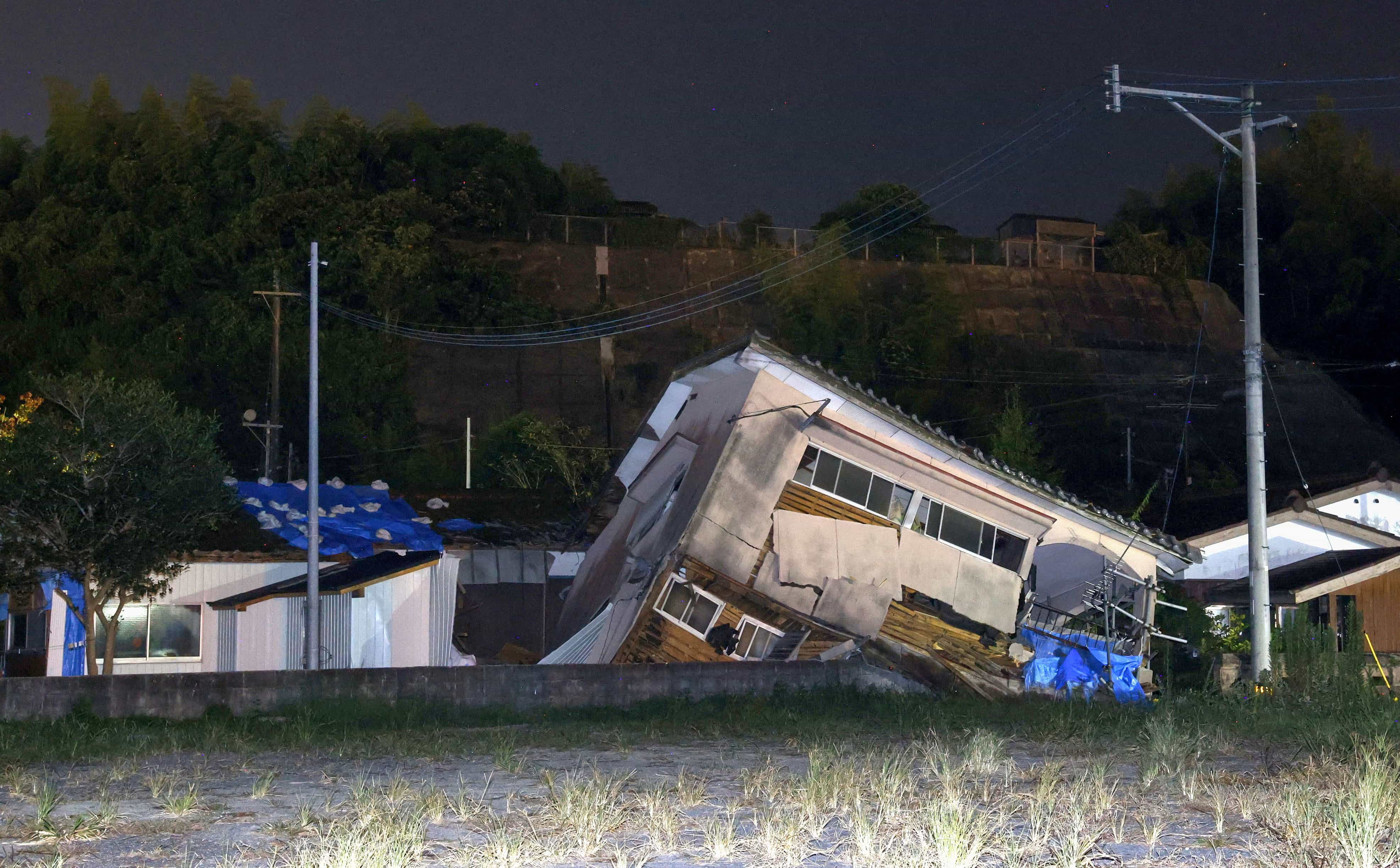
-advertisement-
A powerful 7.1-magnitude earthquake struck Japan's southeastern Kyushu region, specifically Miyazaki Prefecture, at 4:43 PM local time on August 8, the JMA said. Tsunami warnings were issued for Miyazaki, Kochi, Oita, Kagoshima, and Ehime Prefectures. About 30 minutes after the quake, tsunami waves up to 50 centimeters were detected along parts of Kyushu’s southern coast and nearby Shikoku Island.

NHK, Japan's public broadcaster, reported minor damage, including shattered windows at Miyazaki Airport, but no significant injuries or fatalities. The Japan Nuclear Regulation Authority confirmed that all 12 nuclear reactors in Kyushu and Shikoku, including three currently operational, remain safe.
Kyushu, known as Japan’s "Silicon Island" due to its crucial role in the semiconductor industry, is home to over 1,000 semiconductor-related companies. Major players like TSMC, Sony, Toshiba, NEC, Renesas, Rohm, Shinko, Mitsubishi Electric, and Texas Instruments have facilities in the region. Notably, Sony operates four of its seven CMOS production plants in Kyushu, while TSMC’s new wafer fab is also located in Kumamoto Prefecture.
The Kyushu Bureau of Economy, Trade, and Industry reported a 24% growth in the region's semiconductor output in 2023, reaching ¥1.1533 trillion—the first time in 16 years that the annual output exceeded ¥1 trillion, with a final figure of ¥1.0345 trillion.
Despite the growth in output value, production volume in Kyushu dropped 14.3% in 2023, largely due to a focus on high-value products like Sony’s CMOS image sensors. Kyushu accounted for 56.3% of Japan’s total semiconductor output in November 2023 alone. From April 2021 to June 2024, the region saw 100 semiconductor-related investment projects, with disclosed investments totaling ¥4.74 trillion.
TSMC’s new factory in Kumamoto has attracted significant follow-up investments from other semiconductor companies, suppliers, and equipment manufacturers, further boosting the region’s semiconductor output.
Given the proximity of the epicenter to Miyazaki Prefecture, where the intensity was recorded between 5+ and 6-, some impact on local semiconductor manufacturers is possible. However, Kumamoto, Fukuoka, and Oita Prefectures experienced a lower intensity of 4, which is generally manageable for most semiconductor facilities. No reports of damage to semiconductor plants have been received so far.
Earlier this year, on January 1, a magnitude 7.4 earthquake struck Japan’s Noto Peninsula, causing the temporary shutdown of three Murata Manufacturing plants and resulting in one fatality.
Editor:Lulu
▼▼▼
Intel's missed OpenAI opportunity: A billion-dollar blunder
Chipmaker Infineon opens largest power semiconductor plant in Malaysia
RS Technologies to expand monthly capacity of reclaimed wafers as its japanese plant fully booked
German chipmaker Infineon to cut 1,400 jobs; will offshore a further 1,400
+86 191 9627 2716
+86 181 7379 0595
8:30 a.m. to 5:30 p.m., Monday to Friday
